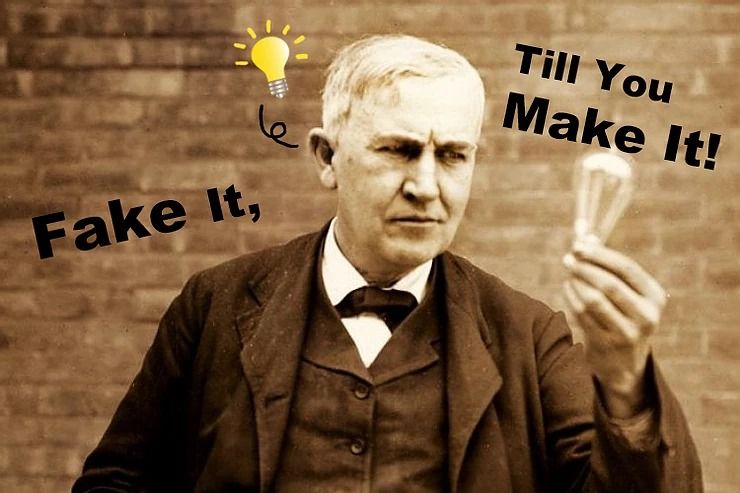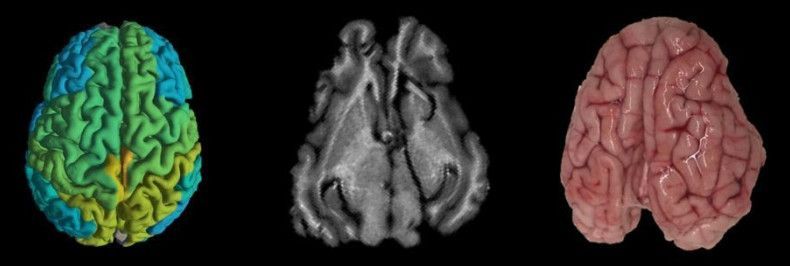Machine-learning system GPT-3 has drawn plaudits from around the world for its remarkable ability to generate text with minimal human input. One scientist even believes it is showing signs of consciousness dailystar.



The gang behind the Ragnar Locker ransomware posted an ad on Facebook in an attempt to publicly shame a victim so it would pay a ransom. Security experts say the innovative tactic is indicative of things to come.
See Also: Palo Alto Networks Ignite 20: Discover the Future of Cybersecurity, Today
Earlier this week, the cyber gang hacked into a random company’s Facebook advertising account and then used it to buy an ad containing a press release stating Ragnar Locker had breached the Italian liquor company Campari and demanded it pay the ransom or see its data released. The security firm Emsisoft provided an image of the ad to Information Security Media Group.


You’ve probably heard us say this countless times: GPT-3, the gargantuan AI that spews uncannily human-like language, is a marvel. It’s also largely a mirage. You can tell with a simple trick: Ask it the color of sheep, and it will suggest “black” as often as “white”—reflecting the phrase “black sheep” in our vernacular.
That’s the problem with language models: because they’re only trained on text, they lack common sense. Now researchers from the University of North Carolina, Chapel Hill, have designed a new technique to change that. They call it “vokenization,” and it gives language models like GPT-3 the ability to “see.”
It’s not the first time people have sought to combine language models with computer vision. This is actually a rapidly growing area of AI research. The idea is that both types of AI have different strengths. Language models like GPT-3 are trained through unsupervised learning, which requires no manual data labeling, making them easy to scale. Image models like object recognition systems, by contrast, learn more directly from reality. In other words, their understanding doesn’t rely on the kind of abstraction of the world that text provides. They can “see” from pictures of sheep that they are in fact white.


By estimating how much time you need.
https://bit.ly/3jwJDYs from Neurozo Innovation
How can we tell whether an idea is truly impossible (so one should not fake it and had better give it up as soon as possible) or just very hard to achieve? In this article, we answer the question on the basis of “time”…
#innovation #invention #technology #startups #business
Thanks to my job, I have a lot of opportunities to meet and exchange opinions with startup people, who need to constantly engage in innovation. And one question was frequently asked – Is “fake it till you make it” a reasonable thing to do? Or, put it another way, how can we tell whether an idea is truly impossible (so one should not fake it and had better give it up as soon as possible) or just very hard to achieve?

While it may not immediately sound like a dramatic feat, it could open up completely new possibilities in the field of neurological research.
“This is a problem that everyone dreams of solving,” Dr. Sinefeld said, referring to the difficulty in successfully examining thick brain tissue, especially through adult fish scales.

Dr. David Sinefeld (Credit: Jerusalem College of Technology)

#BreastCancerAwarenessMonth
Breast cancer treatments are always evolving and improving. In 2019, fresh perspectives to approach cancer therapy led to exciting breakthroughs for treatments in research.
Today’s treatments are more targeted and capable of altering the breast cancer disease course while also maintaining your quality of life. In recent years, many therapeutic options have emerged for treating stage 4, or metastatic breast cancer, greatly improving survival rates.
Breast cancer treatment research is ongoing and always improving the lives of those living with the condition. Here are the breakthrough treatments of 2019 as well as current treatments and information on finding a cure.

In the second video of our Design for Life collaboration with Dassault Systèmes, Exploration Architecture founder Michael Pawlyn explains how computational design tools allow architects to mimic the natural world.
Pawlyn is the second designer to feature in the Design for Life collaboration between Dezeen and Dassault Systèmes, which highlights designers who are using technology and research to build a better world.
“Biomimicry is innovation inspired by nature,” explained Pawlyn in the video, which was filmed by Dezeen at the founder of biomimicry-focussed practice Exploration Architecture’s home studio in London.

In a major breakthrough an international team of scientists, led by the University of Bristol, has potentially identified what makes SARS-CoV-2 highly infectious and able to spread rapidly in human cells. The findings, published in Science today [20 October] describe how the virus’s ability to infect human cells can be reduced by inhibitors that block a newly discovered interaction between virus and host, demonstrating a potential anti-viral treatment.